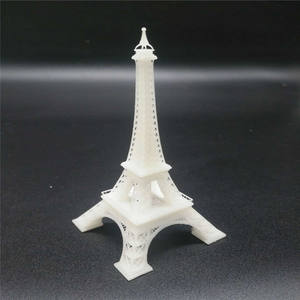Metal Clash: When Tungsten Carbide Meets Carbon Steel in a Battle of Brawn
(Steel Showdown: Comparing Tungsten Carbide vs. Carbon Steel Strength)
Picture two heavyweight champions stepping into a ring. One is sleek, sharp, and built to last. The other is tough, flexible, and ready to bend without breaking. This isn’t a fantasy fight—it’s the real-world showdown between tungsten carbide and carbon steel. Both metals are giants in their fields, but which one packs the harder punch? Let’s break it down.
First, meet tungsten carbide. This material is like the tank of the metal world. It’s not pure metal. Instead, it’s a combo of tungsten atoms and carbon atoms, smashed together under extreme heat. The result? A material so hard it laughs at scratches. Think diamond-tipped drill bits or the tips of jackhammer blades. Tungsten carbide doesn’t wear down easy. It’s the go-to for jobs where staying sharp matters most.
Now, carbon steel. This is the old-school warrior. Mix iron with a bit of carbon, and you get a material that’s strong but not brittle. Carbon steel bends before it breaks. It’s the backbone of kitchen knives, construction beams, and car parts. It might not have the flashy hardness of tungsten carbide, but it’s reliable. Drop a carbon steel wrench on the floor, and it’ll survive. Try that with tungsten carbide, and you might hear a crack.
Hardness is where tungsten carbide shines. On the Mohs scale, which measures scratch resistance, tungsten carbide scores around 9. Diamond is a 10. Carbon steel? It’s closer to 4-4.5. That means tungsten carbide can cut through carbon steel like butter. But hardness isn’t everything. Too much hardness can make a material brittle. Imagine slamming a ceramic plate on the floor—it’s hard, but it shatters. Tungsten carbide risks the same fate under heavy impact.
Carbon steel fights back with toughness. Toughness is about absorbing energy without snapping. A carbon steel hammer can smash concrete all day. A tungsten carbide hammer might chip or crack. This makes carbon steel better for jobs where shock is part of the deal. Construction sites, car engines, even swords—carbon steel bends but doesn’t break.
Cost plays a role too. Tungsten carbide isn’t cheap. Making it needs high temperatures and fancy processes. Carbon steel is simpler. Melt iron, add carbon, pour into molds. This makes carbon steel the budget-friendly choice for everyday tools. Why pay extra for tungsten carbide if you don’t need diamond-level hardness?
Then there’s maintenance. Tungsten carbide stays sharp longer. A tungsten carbide blade might go months without sharpening. Carbon steel needs more care. It can rust if left wet, and blades dull faster. But for some, that’s a fair trade. Sharpening a carbon steel knife becomes a ritual, like tuning a guitar.
Look at real-world uses. Tungsten carbide dominates in precision jobs. Dentists use it for drills. Mechanics use it for cutting tools. Carbon steel rules where force and flexibility matter. Axes, hammers, railroad tracks—these need to take hits, not just stay sharp.
(Steel Showdown: Comparing Tungsten Carbide vs. Carbon Steel Strength)
So who wins? It depends on the battle. Need something that stays sharp through concrete? Tungsten carbide. Need something that survives a sledgehammer swing? Carbon steel. Both metals have their arena. One isn’t better—just different. The real victory is knowing which to pick for the job.
Inquiry us
if you want to want to know more, please feel free to contact us. (nanotrun@yahoo.com)




